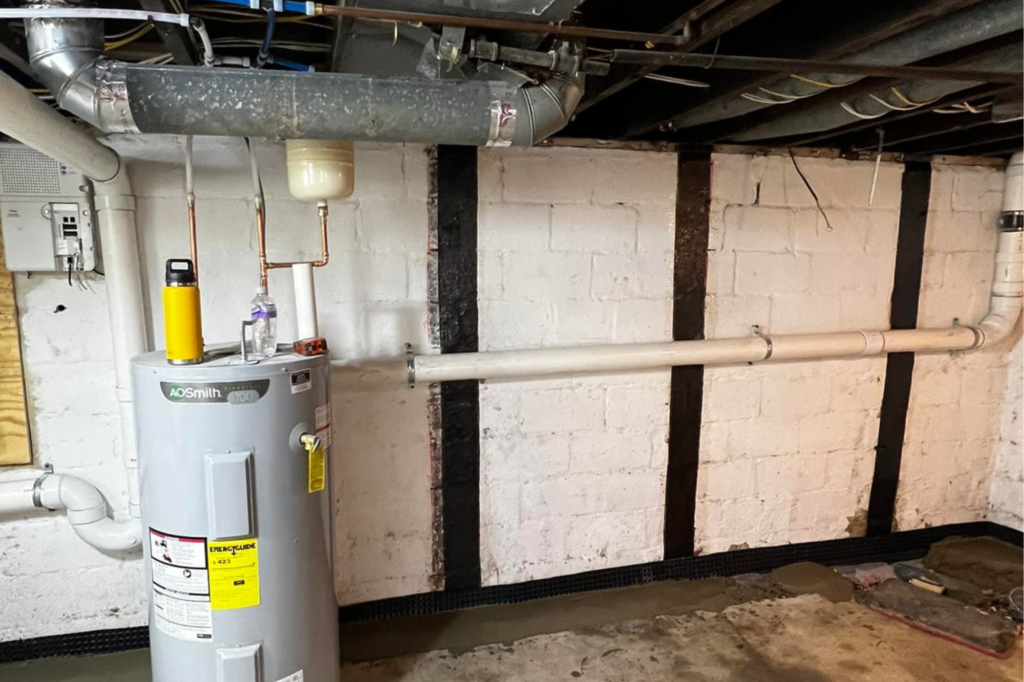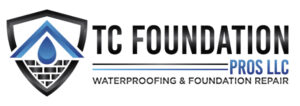When addressing crawl space issues, homeowners often face a choice between two primary solutions: encapsulation and ventilation. Both offer unique benefits, but which one is the best fit for your home? Encapsulation involves sealing off your crawl space entirely, preventing moisture intrusion, and improving air quality and energy efficiency. However, it comes with a higher upfront cost. On the other hand, ventilation relies on natural air circulation to dry the space, making it a cost-effective and simple installation, particularly in dry climates. Choosing between these two solutions depends on several factors, including your crawl space condition, budget, and the climate in your area. Additionally, crawl space repair may be necessary to address any underlying structural issues before considering encapsulation or ventilation. This article will explore both options and the importance of crawl space repair in finding the best solution.
Key Takeaways
- Encapsulation effectively prevents moisture, enhances air quality, and boosts energy efficiency, but it requires a higher upfront investment.
- Ventilation is a cost-effective, easy-to-install option best suited for dry climates where moisture isn’t a significant concern.
- Encapsulation uses vapor barriers, dehumidifiers, and sealing techniques to control moisture, while ventilation relies on natural airflow for moisture control.
- Encapsulation may require ongoing maintenance, particularly with dehumidifiers, while ventilation is a more passive system.
- Crawl space repair is often a necessary first step in ensuring that moisture control methods like encapsulation or ventilation are effective in the long run.
Understanding Crawl Space Issues
Before deciding between encapsulation and ventilation, it’s essential to understand common crawl space problems. Moisture is the main culprit, creating a conducive environment for mold, mildew, and poor air quality. The effects of prolonged moisture exposure are concerning:
- Health Issues: Mold and mildew can lead to allergies, respiratory problems, and other health concerns due to compromised indoor air quality.
- Structural Damage: Moisture can weaken wooden structures, leading to rot, and rust metal pipes and supports, potentially compromising the structural integrity of your home.
- Increased Energy Bills: Poorly maintained crawl spaces can lead to temperature fluctuations, forcing your HVAC system to work harder and increasing your energy costs.
Crawl space repair services might be required to address foundational issues like water damage, sagging supports, or uneven floors, which may exacerbate moisture problems. Resolving these issues first is essential for ensuring the success of any moisture control strategy.
The Concept of Encapsulation
Encapsulation is a comprehensive solution designed to tackle moisture problems by sealing off the crawl space. It involves installing a high-quality vapor barrier that covers the entire floor and walls of the crawl space to prevent moisture intrusion.
Here’s how it works:
- Vapor Barrier Installation: A durable, water-resistant barrier is laid down to cover the entire crawl space floor and walls. This barrier stops water vapor from entering and minimizes the risk of mold and mildew.
- Sealing Vents and Openings: All exterior vents and openings are sealed off to prevent humid outside air from infiltrating the space.
- Dehumidification: A dehumidifier is installed to regulate the humidity levels, ensuring a dry environment.
- Insulation: In colder climates, insulation may be necessary to help prevent heat loss and improve energy efficiency.
Encapsulation can be particularly effective in areas with consistent humidity or moisture problems. However, it comes with a higher initial investment due to the installation of the vapor barrier, dehumidifiers, and possibly additional crawl space repair
Pros and Cons of Encapsulation
Pros:
- Effective Moisture Control: Encapsulation creates a moisture-free environment, preventing mold and mildew from thriving in your crawl space.
- Improved Air Quality: Encapsulation improves indoor air quality by eliminating excess moisture, reducing the chances of respiratory issues.
- Energy Efficiency: Encapsulation can help stabilize the temperature in your crawl space, reducing energy consumption and utility bills.
Cons:
- Higher Initial Costs: The upfront cost of encapsulation can be significant due to materials and labor.
- Maintenance: The dehumidifier requires regular maintenance, and there may be ongoing monitoring for moisture levels.
- Crawl Space Repair Needs: If your crawl space has existing structural damage, such as sagging beams or water damage, repairing these issues first is essential to prevent further complications.

Exploring Ventilation Solutions
Ventilation provides a simpler and more affordable approach to moisture control in crawl spaces. This method relies on natural airflow to expel moisture, helping to dry out the space.
Here’s how ventilation works:
- Vent Covers: Vent covers are installed to allow for proper airflow into the crawl space. These vents should be placed strategically to ensure maximum air circulation.
- Passive System: Ventilation is largely passive, relying on external weather conditions to regulate moisture levels. It’s best suited for dry climates where moisture accumulation is minimal.
While ventilation can work in dry areas, it’s not as effective in humid climates, as it doesn’t address high moisture levels. In areas where high humidity or water damage is an ongoing issue, ventilation alone may not be sufficient.
Advantages and Disadvantages of Ventilation
Understanding the advantages and disadvantages of crawl space ventilation is essential before you make a decision.
On the plus side, ventilation offers a lower upfront installation cost than encapsulation. If you live in a dry climate where moisture isn’t a frequent issue, ventilation can be an effective solution for your crawl space. The installation process is simple and doesn’t require major modifications to your home.
However, ventilation has its drawbacks. In wet or humid climates, it tends not to effectively address high humidity or moisture issues. If outdoor humidity levels are high, ventilation can worsen moisture problems.
It’s also often ineffective in areas with poor drainage or high outdoor moisture. During winter, ventilation can lead to drafts and heat loss, increasing your energy bills.
In summary, ventilation might be your best bet if you live in a dry climate or are looking for a budget-friendly, short-term solution.
But if you’re in a humid area or if moisture is a consistent problem, other options might be more suitable.
Encapsulation vs. Ventilation: Making the Right Choice
Deciding between encapsulation and ventilation depends on your crawl space condition, local climate, and budget.
- Encapsulation is ideal for humid areas or homes with persistent moisture issues. While it has a higher upfront cost, it provides a long-term solution to moisture control and offers additional benefits like improved energy efficiency and air quality.
- Ventilation works best in dry climates where moisture isn’t a consistent concern. It’s a more affordable option, but it might not be sufficient if your crawl space faces ongoing humidity or water issues. If you’re experiencing significant moisture problems, crawl space repair is necessary before considering ventilation.
If structural damage is present, Pittsburg crawl space repair should always be the first step. Once repairs are made, you can choose the best moisture control solution, whether that’s encapsulation, ventilation, or a combination of both.
In Summary
The choice between encapsulation and ventilation largely depends on your home’s specific needs. For areas with consistent humidity or significant moisture issues, encapsulation is a highly effective and long-lasting solution. However, if you’re in a dry climate or need a simpler, cost-effective option, ventilation may work for you. Keep in mind that crawl space repair may be required before implementing any moisture control solution, ensuring that your home remains safe, healthy, and energy-efficient. TC Foundation Pros can assess your crawl space and determine the best course of action for your home’s long-term health.
